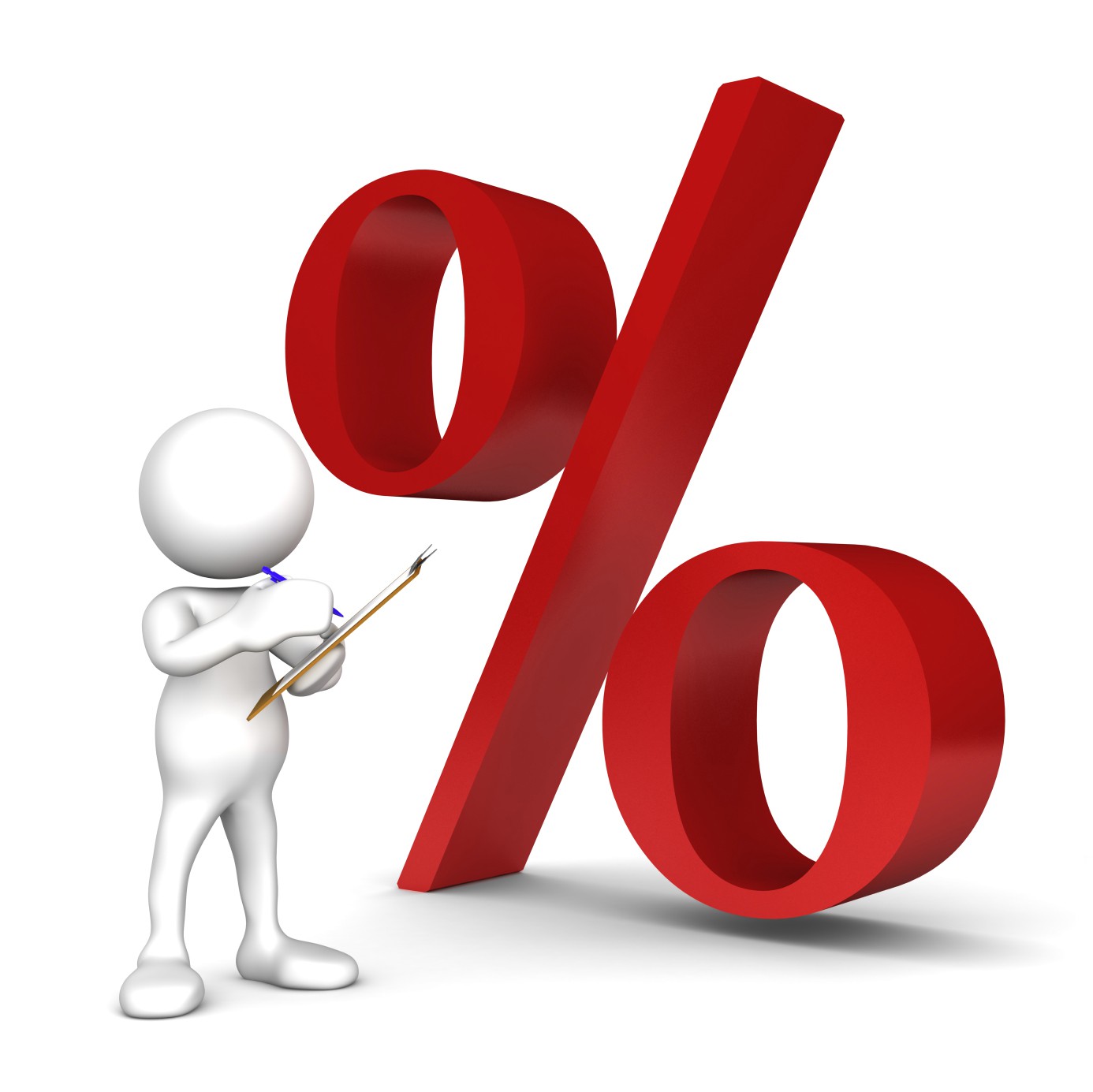When you’re taking a loan, you might be confused by the numerous terms and phrases used. This can be especially nerve-wracking when you want to figure out how the loan will affect you every month.
This gives you a reason to research just what loans entail, no matter what kind of loan it is. Getting familiar with terms like EMI and interest rates will help you improve your knowledge on these financial instruments.
Home loan or personal loan interest rates are something you must pay attention to. Knowing the basics of interest rates, the different kinds of interest rates and how they are calculated before you avail of a loan, will help you make an informed decision.
Here are some of the basics you need to know about personal loan interest rates.
What is Interest?
Interest is simply the cost incurred when you borrow money and is normally expressed as a percentage of the overall loan. You will have to pay the principal amount borrowed from the lender, along with this cost of borrowing the money.
Whether you apply for personal loan or business loan, your interest rate will change depending on various criteria, like the terms of the loan and your lender.
Fixed Interest Rates
As the name suggests, in case of fixed interest rates, a predetermined amount must be paid back every month to the bank or lending institution over the tenure of the loan. This loan amount stays constant, making it easier for you to calculate the amount of money you will have to pay the lender each month.
This is so simple that even you, the borrower, can calculate Personal loan EMI by adding the borrowed amount to the interest amount, and any other charges applicable. You can then divide that with your tenure or the amount of payments to be made over the tenure. What you’ll be left with is the EMI for you loan.
Floating Interest Rates
This is another type of loan interest rate that allows lenders to set their rate of interest depending on market conditions at any given time in the loan tenure.
The one advantage of variable interest rates is that you can benefit from a drop in market rates, making your monthly instalments considerably lower. However, this can also badly affect you if there is a spike in the rates, as you payments will rise with the market prices. If the rates increase massively, there is a chance that you could end up in financial debt.
Most mortgage loans are set up with variable interest rates, and it is almost impossible to predict the conditions in the market. If you want to avail of a loan with variable interest rates, it is advisable to fully understand the risks involved.
Now that you know the two main types of interest rates on loans in India, it is up to you to make an informed decision when availing a loan. Consult a financial advisor to get a professional view on these rates, and settle on one that will work in your favour.

